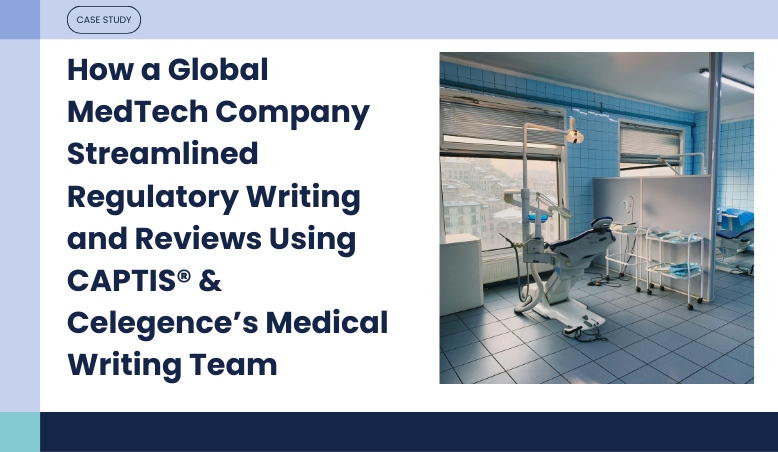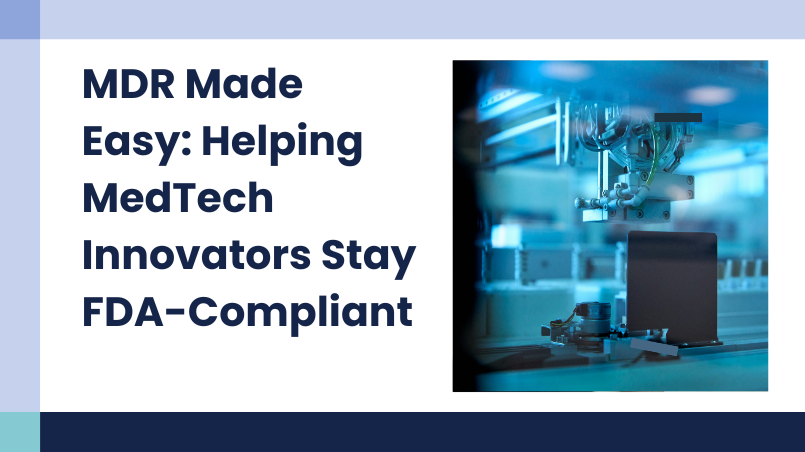AI in Medical and Technical Writing: Moving Beyond the Hype to Real-World Impact
Drug-Led vs. Device-Led Combination Products: Determining the Primary Mode of Action (PMOA)
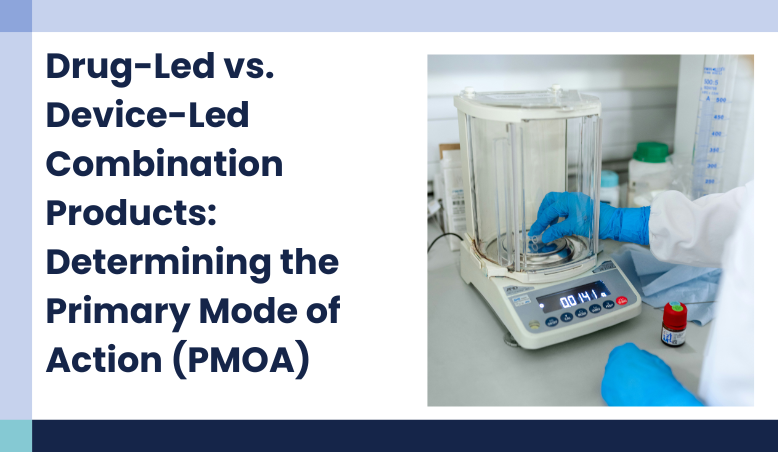
20 May, 2025
Once a product is confirmed as a combination product, the next step is identifying its Primary Mode of Action (PMOA). This is defined as the single mode of action that provides the most important therapeutic effect of the product.
If the product’s intended therapeutic benefit is primarily achieved through a chemical or metabolic interaction, then it is typically drug-led. If the effect is driven by physical means, such as mechanical support or energy transmission, it is considered device-led.
The PMOA determines which FDA center will lead the regulatory review. For example:
- Drug-led products are generally reviewed by the Center for Drug Evaluation and Research (CDER) or the Center for Biologics Evaluation and Research (CBER).
- Device-led products fall under the purview of the Center for Devices and Radiological Health (CDRH).
Understanding this distinction is crucial because it dictates the regulatory submission pathway, data requirements, and even post-approval compliance expectations.
Comparing Drug-Led and Device-Led Pathways
To illustrate the regulatory differences, the table below outlines key contrasts between the two classifications:
| Feature | Drug-Led Combination Product | Device-Led Combination Product |
| Primary Mode of Action (PMOA) | Chemical or metabolic action | Physical or mechanical action |
| Lead FDA Center | CDER or CBER | CDRH |
| Submission Pathway | IND → NDA/BLA | Q-Sub → IDE (if needed) → 510(k), De Novo, or PMA |
| Regulatory Focus | Drug efficacy, safety, pharmacology | Device performance, engineering, standards |
| Example | Prefilled syringe of a monoclonal antibody | Drug-eluting coronary stent |
In cases where the PMOA is not obvious, the FDA may determine the lead center based on precedent or safety and effectiveness concerns. This is why early interaction with the FDA is strongly encouraged.
Gray Areas and Borderline Scenarios
Innovative therapies don’t always fit neatly into predefined categories. Consider, for example, a therapeutic powder that forms a gel upon hydration and controls the release of a drug physically, without any chemical reaction. While it may appear to be a simple formulation, the polymer mechanism may qualify as a device component. In such borderline cases, even the excipient could be classified as a regulated device.
Another emerging gray area involves digital health integrations. Take the example of an antipsychotic pill embedded with an ingestible sensor to track adherence. Although the drug provides the treatment, the device aspect introduces complexity in classification. FDA treated this as a drug-led combination product with additional review of the device software and hardware elements.
Sponsors dealing with similar situations should not assume a default classification. Instead, they should seek clarity from the FDA early, using the pathways discussed below.
Engaging the FDA: RFD and Pre-Submission Pathways
To avoid ambiguity and regulatory missteps, the FDA offers sponsors two main avenues for determining classification:
- Request for Designation (RFD)
The RFD is a formal process through which the sponsor asks the FDA’s Office of Combination Products (OCP) to determine whether the product is a combination product, and if so, which center will lead the review. The FDA is required to respond within 60 days, providing a binding decision. - Pre-Request for Designation (Pre-RFD)
This is a less formal, non-binding method to engage FDA on classification questions. Sponsors can initiate Pre-RFD discussions to explore how the agency views their product, receive preliminary input, and prepare more confidently for the full RFD if needed.Engaging FDA through these channels early in development ensures that sponsors follow the correct regulatory path and gather the appropriate data from the start.
Developing a Regulatory Strategy
After classification is determined, sponsors must design a development strategy that aligns with the assigned pathway.
For drug-led products, this typically involves:
- Filing an Investigational New Drug (IND) application.
- Conducting clinical studies focused on safety and efficacy.
- Submitting a New Drug Application (NDA) or Biologics License Application (BLA).
- Demonstrating that any device component (e.g., injector, delivery system) is safe, functional, and appropriate for the intended user population.
For device-led products, development may involve:
- Submitting a Pre-Submission (Q-Sub) for FDA feedback.
- Filing an Investigational Device Exemption (IDE) if clinical studies are needed.
- Preparing a 510(k), De Novo, or Premarket Approval (PMA) submission.
- Including supporting drug data to ensure safety of the drug component, even if secondary.
Sponsors must also comply with hybrid quality systems, combining drug GMP (21 CFR Parts 210/211) and device QSR (21 CFR Part 820). The FDA has published 21 CFR Part 4 to provide guidance on integrating these systems for combination product development.
Recent Regulatory Updates (2023–2025)
In the past few years, FDA has introduced several new guidances that significantly impact combination product development:
- Combination Product User Fees (2024): Clarifies which user fees apply when submitting a single combined application for a combination product.
- Use-Related Risk Analysis (2024, Draft): Encourages risk assessments tied to user interaction—especially important for auto-injectors and at-home devices.
- Human Factors Engineering (2023): Offers a Q&A-style guide for incorporating usability studies in combination product submissions.
- Drug-Device Software (2023, Draft): Discusses regulatory expectations for mobile apps, sensors, and digital interfaces that form part of a combination product.
- Premarket Pathways for Combination Products (2022): Affirms that most combination products can follow a single submission path, and outlines principles for determining when more than one submission may be needed.
Each of these documents provides valuable insight into FDA expectations, helping sponsors avoid roadblocks and design programs that meet current regulatory standards.
Key Takeaways for Developers in 2025
Combination product development is a multidisciplinary challenge, requiring strategic foresight and active regulatory engagement. Here are four key takeaways for sponsors:
- Start with clear classification: Use 21 CFR 3.2(e) and, when in doubt, engage the FDA early via Pre-RFD or RFD.
- Build your development strategy based on PMOA: Whether your product is drug-led or device-led, understand how that affects submission type, testing, and timelines.
- Address both components: Ensure your development plan includes appropriate testing for both drug and device aspects—neither can be neglected.
- Stay current with FDA guidance: Regulatory expectations are evolving. Human factors, software integration, and use-risk analysis are now central considerations in many combination product reviews.
With a proactive and informed approach, sponsors can reduce regulatory uncertainty, improve submission quality, and bring combination therapies to patients faster.
Celegence offers comprehensive regulatory consulting services tailored for combination products, providing strategic guidance on classification, regulatory submissions, and compliance with both drug and device regulations. Their expert guidance helps streamline development processes, mitigate risks, and facilitate timely market entry for complex combination therapies.
Other Related Articles

11 Nov, 2025
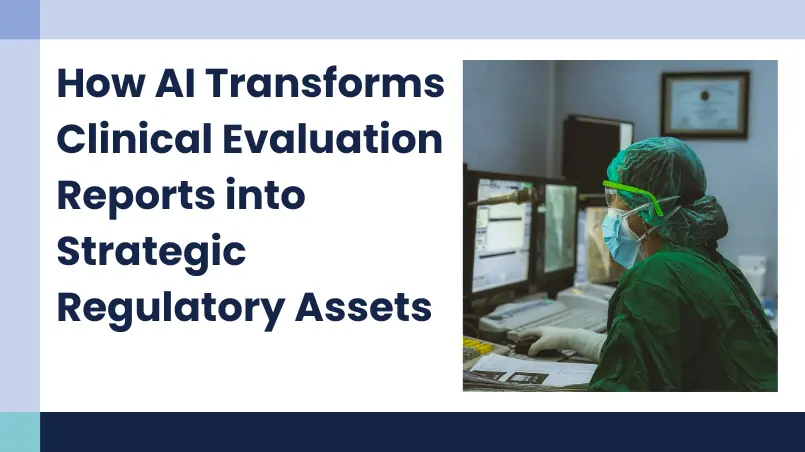
03 Oct, 2025

19 Sep, 2025

01 Sep, 2025
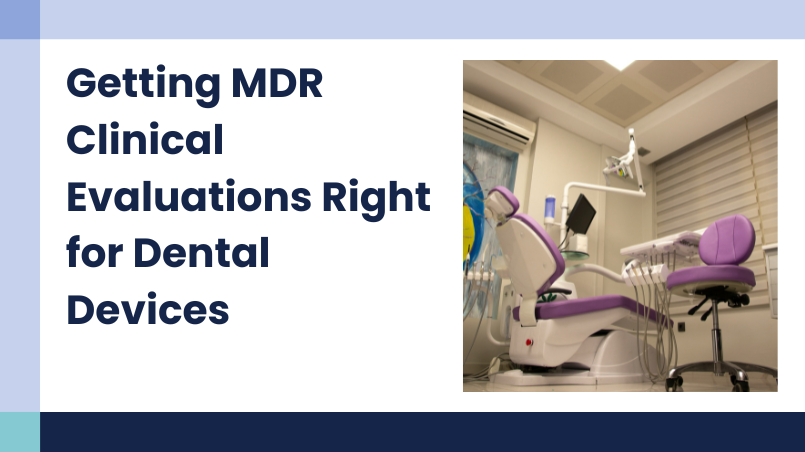
26 Aug, 2025
